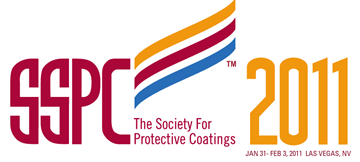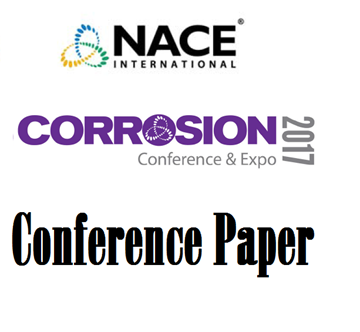Search
Water/Wastewater
View as
Sort by
Display
per page
TM0173-HD1999-SG Methods for Determining Quality of Subsurface Injection Water Using Membrane Filters-HD1999
Product Number:
21205-HD1999
ISBN:
1-57590-085-8
Publication Date:
1999
$179.00
TM-02-74-HD1974-SG, Dynamic Corrosion Testing of Metals in High Temperature Water-HD1974
Product Number:
TM-02-74-HD1974
Publication Date:
1974
$179.00
TM0286-HD1994-SG Cooling Water Test Unit Incorporating Heat Transfer Surfaces-HD1994
Product Number:
21219-HD1994
Publication Date:
1994
$179.00
TM0286-HD2001-SG Cooling Water Test Unit Incorporating Heat Transfer Surfaces-HD2001
Product Number:
21219-HD2001
ISBN:
1-57590-125-0
Publication Date:
2001
$179.00
TR21463-2020, “Criteria for Evaluation of Cathodic Protection Methods for Steel in Existing Concrete Structures — A State-of-the-Art Report”
Product Number:
TR21463-2020
Publication Date:
2020
$109.00
TR3T199-2020, Techniques for Monitoring and Measuring Corrosion and Related Parameters in Field Applications
Product Number:
TR3T199-2020
Publication Date:
2020
$109.00
TR46107-2020 “Control of Corrosion, Deposition, and Microbiological Growth in Heating, Ventilation, and Air Conditioning Recirculating Water Systems in Buildings”
Product Number:
TR46107-2020
Publication Date:
2020
$109.00
Understanding the True Meaning of Green for the Wastewater Industry
Product Number:
41211-588-SG
Publication Date:
2011
$20.00
UNS S32707 Combined to UNS S31266; An Alternative to Titanium for Seawater-Cooled Heat Exchangers
Product Number:
51317--9421-SG
ISBN:
9421 2017 CP
Publication Date:
2017
$20.00
Upset Conditions In Anaerobic Digesters In Wastewater Treatment Plants Cause Degradation Of Protective Linings
Product Number:
51322-18235-SG
Publication Date:
2022
$20.00
Use of Paint 44/Guide 22, Standards, Training and Certification in the Wastewater Industry
Product Number:
51217-058-SG
Publication Date:
2017
$20.00
Waterborne Coatings for Water and Wastewater Treatment Plants
Product Number:
41205-174-SG
Publication Date:
2005
$20.00












